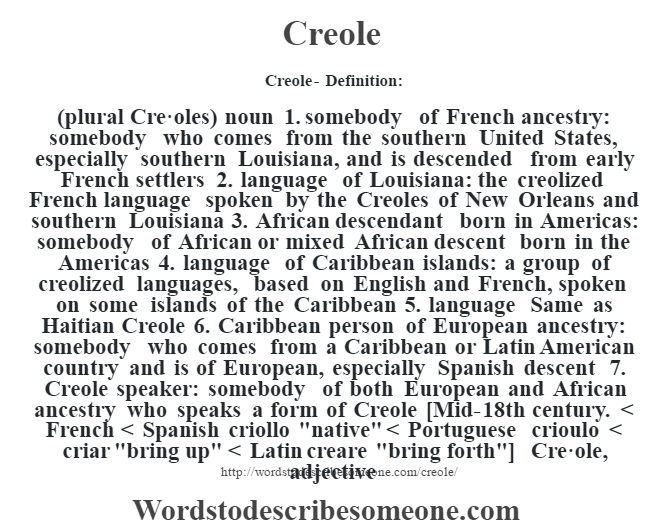


Many Yats also left the area due to white flight, moving to the suburbs outside of the city. Like with many cities, the influx of people from other parts of the country is causing features to fade as everyone starts to imitate General American. There is one problem: Yat seems to be fading away. There are also some English phrases that are slightly different because they come from French, so instead of saying “The party’s at noon,” a Yat will say “The party’s for noon.” There’s pretty much a whole dictionary’s worth of phrases and pronunciations that come from any number of different sources. Terms like “jambalaya,” “bayou” (originally Choctaw) and “gumbo” (originally West African) all came by way of French. While the accent comes from Ireland and Italy primarily, a lot of the slang is from French. Both New York City and New Orleans attracted Germans, the French, Italians and the Irish (with a heavy emphasis on the last two), and just by having these populations in common, they ended up sounding very similar. How did two parts of the country so far apart end up sounding nearly identical? Well, as alluded to above, it also has to do with the immigrants. Yats drop their “r”s, say doze for “those” and rhyme “quarter” and “water.” If you watch the examples above, some people sound like they’re straight out of Brooklyn. In this section, we’ll focus on the one accent that is classified as New Orleans English, or “Yat.” This name comes from the phrase “Where are you at?” which is shortened to “Where y’at?” Someone who speaks Yat is also called a Yat.įor those who aren’t from Louisiana, it can be somewhat alarming to find that it bears a striking similarity to the working-class New York accent. There are many accent varieties that are affected by location, race, class and a range of other factors. New Orleans English TodayĪs the video above demonstrates, New Orleans reflects the mix of dialects that have settled in the city. All of this came together to make New Orleans a melting pot of linguistic diversity. Not only that, but it also attracted plantation owners from all over the country, which added a bunch of other accents to the mix. Being one of the biggest ports in the south, it saw a huge number of African languages come through. It’s also important to note that New Orleans was a major site of the American slave trade. Throughout the 19th century, people came from Ireland, Germany and Italy, and it was this group that had the biggest impact on New Orleans English. And o nce Louisiana became a part of the United States, it became a popular place for immigration. The French and Spanish left a lasting mark, but from that point forward, English became the dominant tongue of the area. But then Napoleon turned around and sold the land to the United States as part of the Louisiana Purchase of 1803. Spain stayed there for a few decades, but gave the land back to France in 1800, when Napoleon Bonaparte was in power. As part of the deal, Spain was given New Orleans, as well as all the other French territories west of the Mississippi. In 1763, at the end of the French and Indian War - fought between Great Britain and the French - the French were forced to give away all of their land in North America. It was even the capital of the French colony for a while. The land was first claimed by the French in the late 17th century, and New Orleans, or La Nouvelle Orleans, was founded by Jean Baptiste Le Moyne de Bienville in 1718. And then, as with every single part of the United States, the Europeans came. The first people who lived in the area now known as New Orleans were, of course, Native Americans. Also, while it’s not really a “misconception,” it’s worth noting that the Louisiana dialects have not been as extensively studied as those in New York City, Philadelphia and other cities with major universities. It’s also not the same thing as Cajun English - a separate Louisiana dialect, which we’ll also discuss in this article. First, some people assume that the New Orleans accent is a southern drawl, which it is not. There are a couple misconceptions to dispel about New Orleans English before diving into its history. Throughout its history, the diversity of New Orleans has rivaled that of pretty much any other city on the map. New Orleans, located near the mouth of the Mississippi River, is one of the United States’ hottest spots for immigration.


 0 kommentar(er)
0 kommentar(er)
